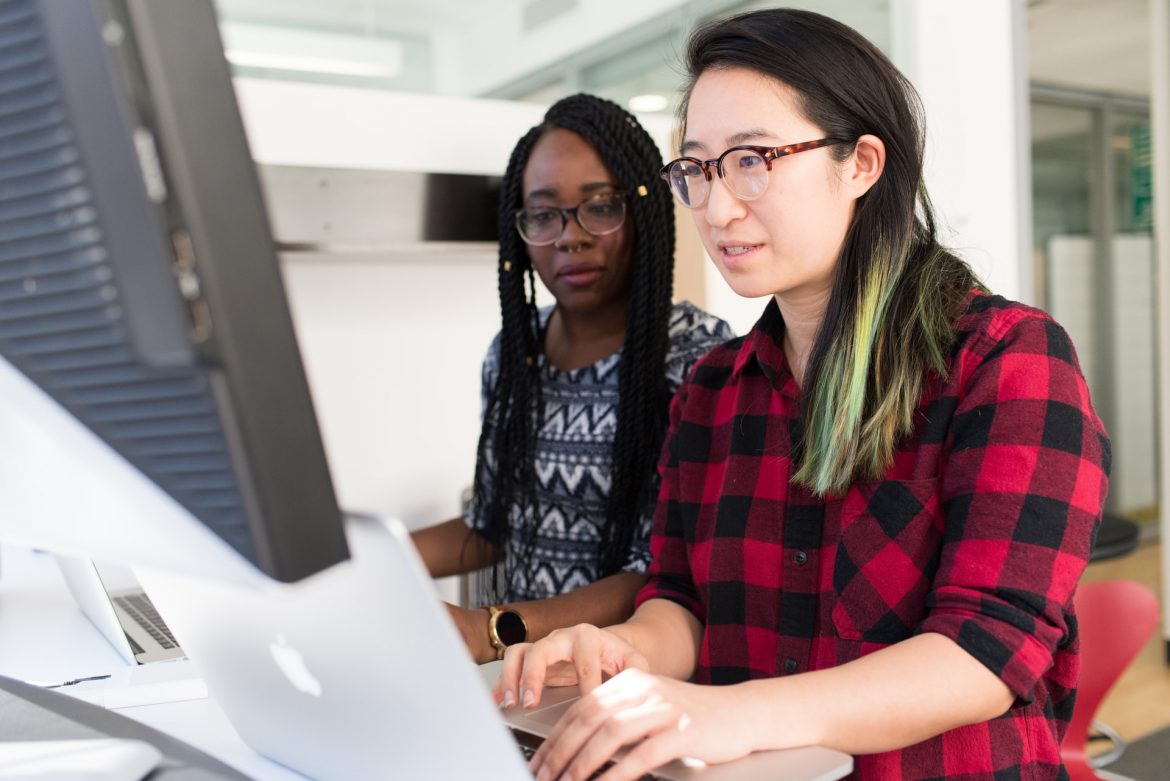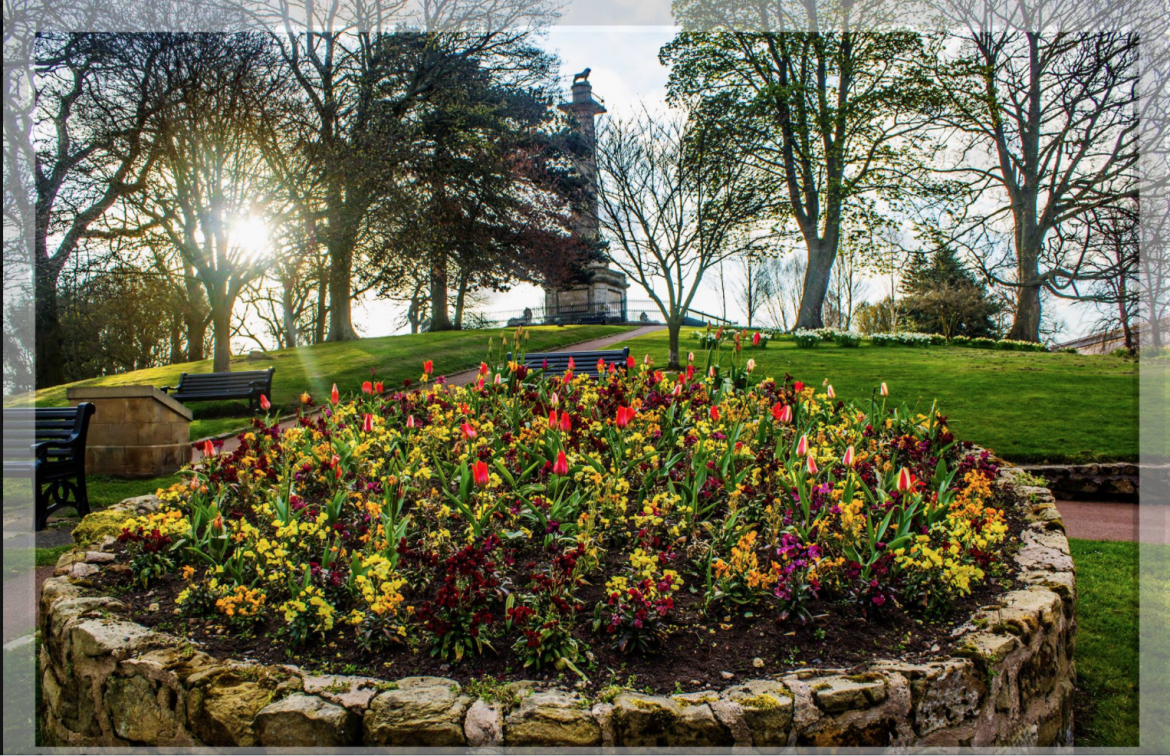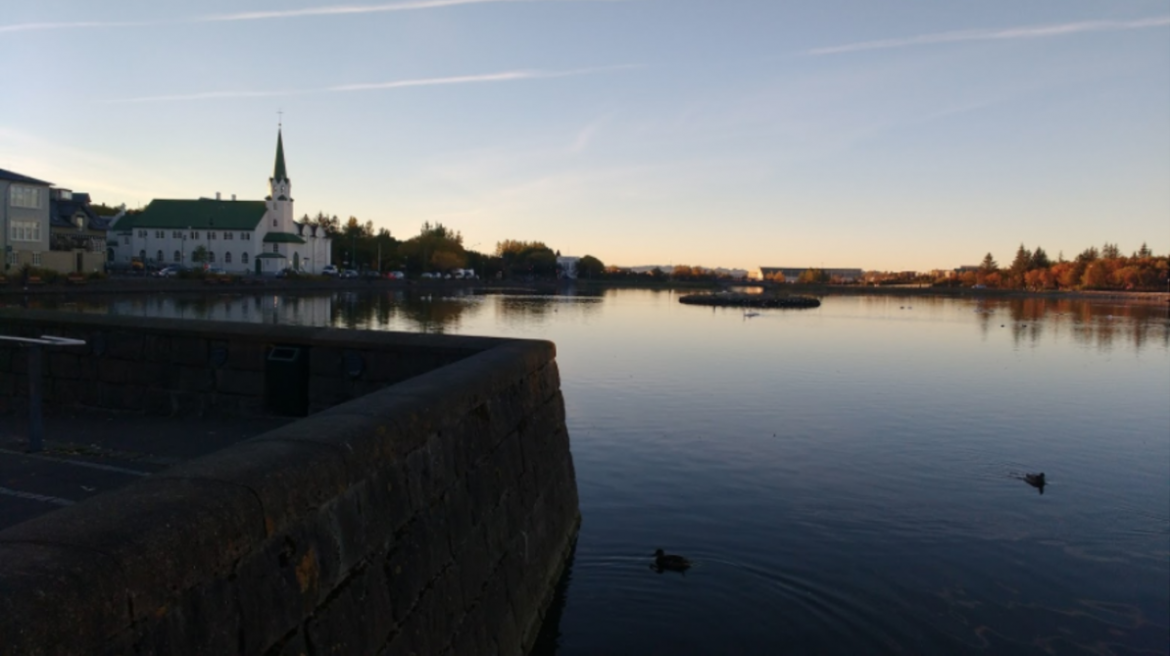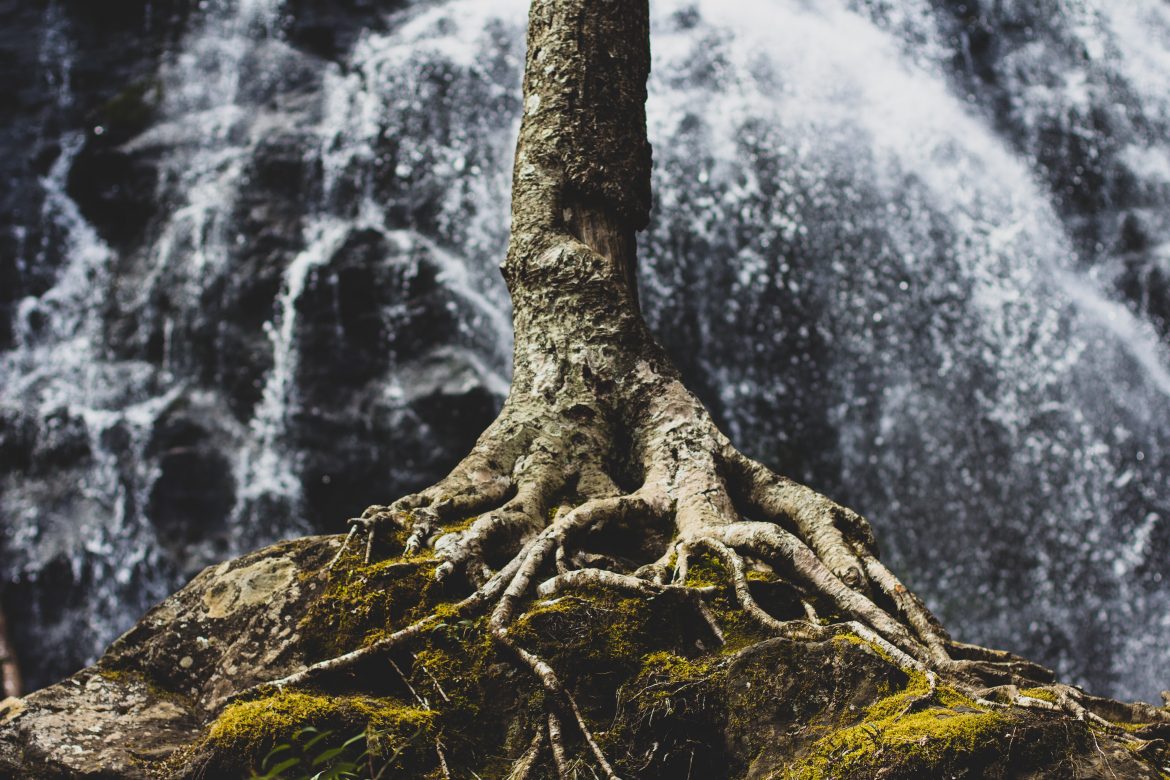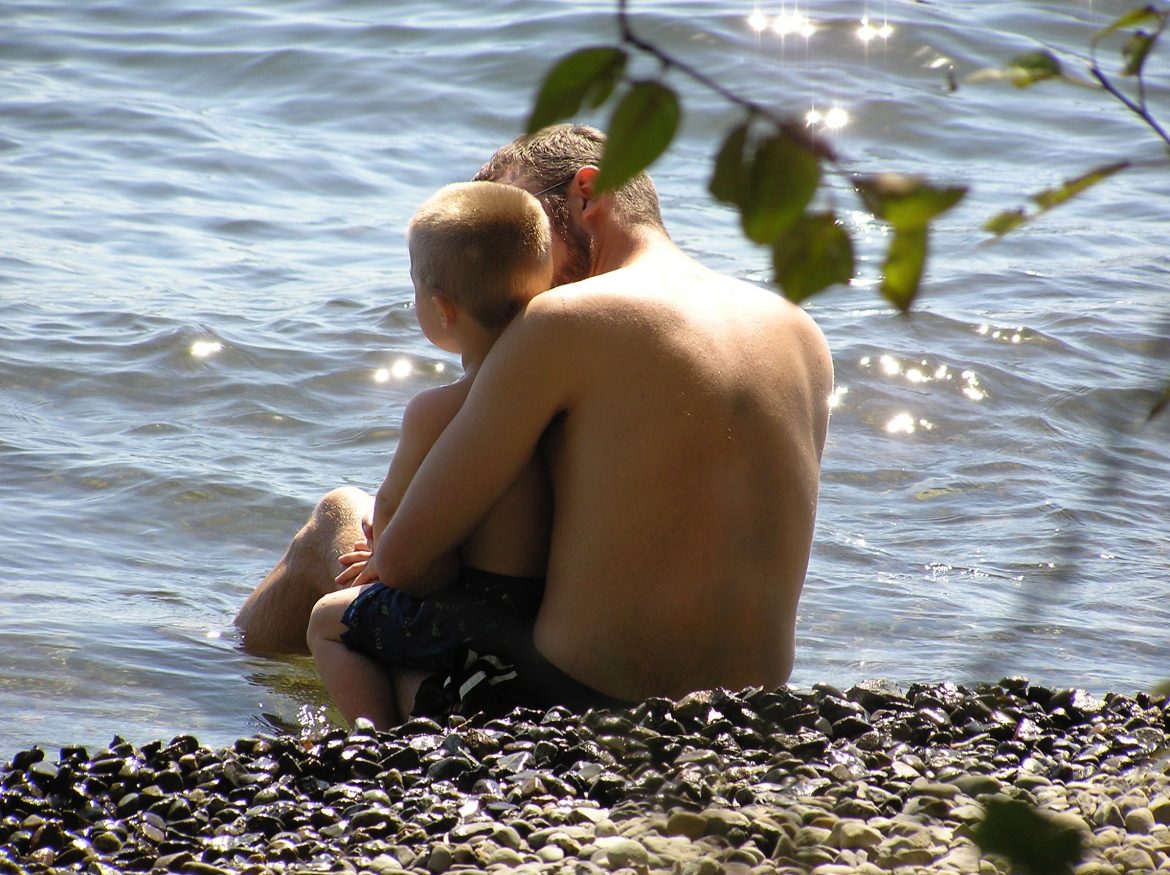As usual I am posting the Taize style service from St Andrews Episcopal church in Seattle with Carrie Grace Littauer, Prayer Leader, with music by Kester Limner and Andy Myers.
I am also posting another service of Lament from The Many, as I know that many of us are struggling with lament and loss at the moment. I appreciate both these groups giving me permission to post these services which I know enrich so many of us.
by Tom Sine
Clearly, recovering from the Corona Pandemic is going much slower than many of us had hoped for. Economists are asking the urgently important questions about what kind of an economic future are we racing into now.
Increasingly, some economists are predicting that we could be entering a longer, more prolonged recession due to the increasingly high levels of unemployment and the dramatic increase in the number of businesses headed into bankruptcy. It could be a very rough recession for all of us… particularly Gen Next.
Churches Waking up to Recession Next
Every major corporation has a plan for how they will deal with the next recession. However, I have never found a local church that has any kind of plan to enable members and neighbors to deal with recession next.
In 2007, as we were headed into a new recession, we organized a group of some 50 Christian leaders here in Seattle to do some idea storming of innovative ways they might prep for recession next, which I wrote about in the Leadership Journal in 2009.
For example, Trinity Lutheran offered a course on financial steps to reduce their economic vulnerability. A number of congregations posted on their websites asking members who had an extra car in their driveways or vacant rooms in their homes to share with others. However, we did not consider coming up with ideas to enable the youngest millennial generation to deal with the impact of the recession as they launched their lives. Numbers postponed getting married, starting families and a surprising number are still struggling to get their lives started.
Churches Waking up to the Impact on Gen Next!
“The Great Recession has had a lasting effect on Millennials, including fewer jobs available, decreased savings, and a reluctance to purchase homes. Many Millennials graduated at the height of the crisis, leaving them with high levels of student loan debt.”
As a consequence of the 07-09 recession, Millennials have less money invested and own fewer homes. They are currently being laid off faster than older workers. Those that are working make less money, have smaller savings accounts and still have over a half a trillion dollars of student loans to keep paying off.
Older Gen Z grads are among the first ones being laid off as we enter this new recession. Many of the Gen Z young that are in middle school and high school are going to have classroom education interrupted which could postpone their high school graduation. College educational options are also uncertain which could put their future on hold.
Churches Creating New Possibilities With the Good News Gen!
All church leaders have learned the bad news from Pew Research about Gen Next… few of them are going to affiliate with churches. However, tragically, few leaders have read about the research that makes it clear that Gen Y and Z are actually the good news generations!
Since Gen Y & Z are the first digital generations, they seem to not only be more aware of issues like environmental, racial and economic justice, but a higher percentage of these two generations care deeply about these issues and want to invest their lives in serious change making. Burlap is the best website that reports on Gen Y & Z.
I urge leaders in churches and non-profits to immediately start working with those in Gen Y and Z in their neighborhoods and congregations that are likely to be unemployed by the accelerating recession. First, invite them to change-making workshops with local social action innovators to help them identify existing opportunities to be employed by governmental or social service non-profits.
Then, in a second change-making workshop, invite the unemployed young to idea-storm new innovative ways to do much needed change-making in their neighborhoods that both make a real difference and hopefully provide a modest income. A surprising number of innovative members of Gen Y & Z have already successfully launched new social innovations that are making a real difference.
Several years ago, I was invited by the Christian Reformed Church to lead a Futures Innovation Workshop for a group of 45 or 50 leaders of Christian non-profits in Grand Rapids. I discovered that a number of them didn’t realize that several creative millennials in their community had started their own social innovations. So I started our time together by inviting them to share.
Dana Doll began by sharing her story about starting the Tree Tops Collective. She and several of her friends became concerned by the growing number of women and their children who had migrated to the US from the middle east who couldn’t find work. They created a successful program to teach these women to make pottery to enable them to become self-reliant.
Justin Beene became concerned about the very alarming number of young people in the black community in Grand Rapids who couldn’t find work. He and his friends started the Center for Community Transformation that started two innovative programs that trains and employs the young. Rising Grinds produces and sells coffee. Youth Build both trains young people in the trades and helps them find jobs. It was clear as the non-profit leaders questioned these two millennials they were not aware that young people were creating these forms of empowerment.
One of my favorite examples is the Colonial Church in Edina, Minnesota that sold some of their land for $2 million. The pastor decided to use 20% of that sum to run an annual Social Enterprise Competition called Innove’ for young innovators. All you had to be was under 30 and have an innovative idea. You didn’t even have to attend that church. If you won, you not only received money for you and your team to get started, but a team of business leaders in the church helped you design a launch plan to get your social innovation off to a strong start.
Mike Glover was the Innove’ winner in 2015. He became increasingly concerned for the well-being of 80,000 Somali who had settled in the Twin Cities. Mike’s winning idea was to start Hoyo, an enterprise employing Somali women to make sambusas to sell in a broad range of grocery stores in the region. Using industrial kitchens in several churches enabled this social innovation to get off to a strong start. (from Live Like You Give a Damn! Join the Changemaking Celebration)
Couldn’t churches or non-profits in your communities start running social enterprise competitions in your communities to enable Gen Y & Z to start new forms of social innovation to make a difference where you live instead of waiting in their parent’s basement, like too many young millenniums did waiting for the 07-09 recession to end?
Please contact me and let me know if you have some new ideas of how to enable the Good News Generation to use their gifts to both create and launch some new social innovations for times like these. We are trying to get something started as quickly as possible.
Join the Launch Team!
If you are interested in joining the Launch Team for our book, 2020s Foresight, please contact me and visit our Facebook page.
- Buy it on Amazon on September 1st, sharing images of the book online
- When the book arrives, post a picture of you holding it on social media
- Read it, & post a 5 star review on Amazon, if you find it worthy… say a few nice things in any case
BTW… If you decide to read the book with a few friends, let me know… either myself or my co-author, Dwight Friesen may be able to Zoom into your group and join your conversation. It is designed to be a study book with questions at the end of each chapter. We would value your feedback.
By Lilly Lewin
Last week, my freerangefriday post was our devotion from our thinplaceNASHVILLE gathering where we follow the lectionary readings and are looking into the gospel of Matthew. In Matthew 14, Jesus tries to get away from it all to process the death of his cousin John, but instead, he is confronted by a huge crowd looking for him. I said last week, that I would have been totally frustrated by this group of people and totally angered by their intrusion on my retreat. But not Jesus!
Jesus has compassion on them when he sees them! And he goes on to heal them and do a huge miracle among them!
This story of the miracle of the feeding of the five thousand has got me thinking of where we are in the middle of 2020… in the midst of a pandemic… an election year here in the states and in so much disruption and confusion.
In the gospels, the disciples are given the opportunity, the invitation, to imagine a whole new world with Jesus!
A world where one lunch can feed more than 5000!
A world where there are always leftovers… always more than enough!
And like the disciples, we are invited into a world where we get to do miracles with Jesus!
We are invited to participate in the KINGDOM COMING NOW!
SIT and BE with this question this week and really ask Jesus to show you where you are and what might need to change.
Where can your lunch, your gifts, be multiplied in your neighborhood? Do you know your neighbors? Start with who lives on either side of you. What can you do to bring them joy?
What can your faith community do to bring the Kingdom of love and compassion, healing and justice to your neighborhood? Or to each of the streets represented by your community?
What if we saw our neighborhoods, our work places, the places we shop and live day-to-day as real invitations to learn and grow and serve? Are we willing to LISTEN and to LEARN?
Could we be willing to partner with groups already at work in our communities rather than having to start something new? Take time to investigate and learn about a group or organization, non profit, etc working to bring healing and justice in your community.
What if this crazy season is an opportunity, an invitation to BE STILL rather than to be busy? To rest more and restore our souls. What would you need to do or stop doing, in order to find more rest and stillness in your life?
Buy a box of gold fish crackers, bake a loaf of bread or even just use the store bought loaf of bread to remind you of the abundance of God this week. As you make a sandwich or eat some crackers, be grateful for the abundance of God. Take time to thank Jesus for all the gifts around you even in this crazy season.
CLOSING PRAYER
Lord!
Give us grace today to love as you love.
Help us to love with extravagance.
Give us hope today for ourselves and others. Heal our hurts and our hearts today,
So we can serve and help those around us.
Help us to know that you are enough.
And help us live today and everyday in thankfulness.
For all you’ve done and for all you bless us with.
In the Name of the Father, the Son, and the Holy Spirit. AMEN.
As we are exploring awe and wonder, we are recognizing that others are as well during this time. Wanted to share with you a few poems by a guest writer, George Taylor. We hope you enjoy them as much as we have.
“‘Walk with Me’ was written virtually all in one go after looking at an old photograph of me and my two brothers. Sadly, my brother Raymond died at the age of 35 in 1992 and later that year my mother died. I have to be honest, my faith was severely tested at that time. A local bereavement group asked for permission to print off my poem, which I
gladly gave.”
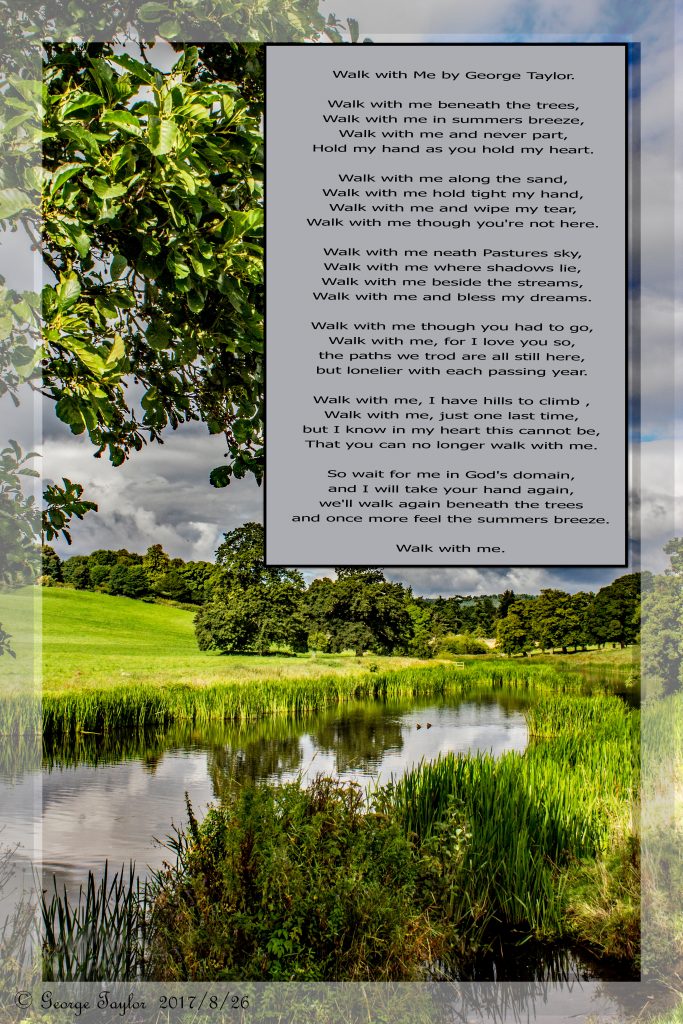
“‘Alongside Me’ was written after I took a photograph of some poppies in Alnmouth and just because I was glad to be alive. I have written quite a few poems to accompany my photographs, some in the Northumberland Dialect.”

~~~~~~~
George Taylor’s Bio
“My name is George Taylor, I am 67 years old and I am a proud father to Jennifer and grandfather to Matthew and Evie.
I was born in Alnwick and have lived here all my life. After passing my 11 plus exam, I went to the Dukes Grammar School for boys in 1964. I was at that time an Altar Boy at St Paul’s Church in Alnwick. I still keep in touch with my classmates via 2 weekly online meetings. My how we have changed since 1964. I left the Dukes School in 1970 at the age of 16 and started working for the Government in an office in Alnwick. In the last few years of my career, I worked in Longbenton, which was a 64 mile round trip every day. I retired at the age of 58 after 42 years service. I bought a camera as a retirement gift to myself and started my amateur landscape photography hobby. I started a Facebook page called GT Photos to display my Landscape and Townscape photos. As of today, I have 1,966 people who follow me from all corners of the world. My wife Eileen suggested that I put a little potted history on my photographs of Alnwick, I am glad she did as it is very popular with the followers of my page. I have made it clear that folks are more than welcome to share or print off copies of my photos free of charge. As for my poetry, I have no idea where the words come from, they just arrive in my head.”
All photos and poems above are by George Taylor, used with permission. To see more work by George Taylor, click here.
One of the big things that is taught about how to look after your mental health is not to compare yourself to others because your trauma, your issues, your situation, is yours and it is hard for you. It may appear easier than someone else’s, but that doesn’t matter. As lockdown has eased, there have been more articles appearing about how those born from about 1990’s are struggling with lockdown and those born before 1965 are wondering what all the fuss is about.
I have been trying to write a blog post about rights and privileges but it hasn’t been coming. I did do one just after the Brexit vote which flowed but this one was not coming. Lots of drafts but nothing that made sense to what I wanted to write. Then, after receiving a forwarded article from a friend from her local vicar, and going for a long walk on the beach with the dog, it all fell into place.
In this article, from my friend’s vicar, he talks of all the major historic events that happened for those born in 1900 compared to those born in 2000. And yes, those born this century have not had to deal with 2 world wars, plus 2 minor wars that the West was involved in, major economic crashes, and the Spanish flu, amongst other things. And yes, those things are horrendous and are not comparable to not being able to go to school, not being able to hang out with friends, not knowing if you can go abroad on holiday, of having to wear masks, of being confined at home, missing out on growing and developing as an adult at university. No, they do not compare, but they are the issues that young people are having to walk through and it does not make them any less traumatic.
As another retired friend of mine said that even though she misses her friends and her clubs, etc, she has had a life that she can look back on when she’s at home on her own. There is the phone to call people and she’s getting the hang of video calling too. But as she says, she’s had her life. Even for myself, I missed seeing people for those first couple of months, but now I can go visiting and am even off to England to see family. I’m even restarting horse riding today. I have reached a stage in my life where I don’t want much but that is because I have done things, travelled, partied, had freedom to come and go as I like, in my teens, 20s and 30s.
Also, I believe our media has spent that this century pumping anxiety into us from climate change to Brexit to terrorism. We live in fear and are constantly in flight or fight mode but can do nothing to change it. So our young people have been born into this high anxiety media storm with social media and image overriding so much. So no, it isn’t a World War or any of the things listed above, but this lockdown is riding on the back of traumas, anxieties and much more. As well as the media portraying the pandemic as possibly never ending.
So let us be kind to those who look at some of things that we might see as privileges as their right. Let us try and understand why they feel this way and not just tell them that “it was harder in my day“. That really isn’t helpful. That piles on the guilt which makes anxieties even stronger. It becomes not just “what is wrong with the world” but “what is wrong with me“.
I’m sure Jesus would have listened to both the young and the old and all those in between without judgement or condemnation. Shall we give it a go?
Photo above by Diane Woodrow – Reykjavik Iceland early morning Oct 2016
by Sue Duby
Most who know me would say I have a grand spirit of adventure, eager to grab hold of the new and exciting. . . ready to explore, see wonder and create those “this is life!” experiences. I’ve jumped off a ship for a swim in the middle of the Atlantic with miles of water beneath me (let’s not consider what else was swimming around!). I’ve savored new cultures in 33 countries . . . and counting. I left home, friends and seeming security with Chuck and two youngsters for 30 years of excitement with two faith-based non-profits, raising our own funding along the way. All of it with certainty that God had me in His eye, watching and guiding, going before and protecting even with LOTS of unknowns.
The crazy thing in the midst? I can equally flip to a posture of caution, hesitation and angst, not sure if I can trust steps before me or future events. It’s easy to throw out a quick “I trust you God”, but do I really? I say “Yes” in my heart, but my actions (or lack of) prove otherwise. Sitting quietly this morning, trying to calm my fluttering heart over a silly topic on my “worry list”, I paused and sensed a whisper. “Trust Me”. That was it. Two words. Clear as a bell. Not to be forgotten or ignored. Simple, yet profound. I know this. . . yet I heard it with fresh attention. Almost like a child getting a gentle, yet stern reprimand and reminder.
Trust by dictionary standard is the “firm belief in the reliability, truth, ability, or strength of someone or something”. Without a thought, I scoot into my chair for dinner, never wondering if the legs will collapse beneath me. Simple trust. Somehow, trusting the One who created me, carried me, led me and protected me for all my years unfolds differently. I can’t “inspect” reliability like checking those chair legs. I have to choose trust. To exercise a measure of faith that says, “For all Your ways I’ve seen and tasted, for all Your words I believe, I will move forward in trust”.
Most days, the “trusting way” just unfolds and brings joy and release. However, there’s one interrupter that often confounds the journey. . . control. I love to be in charge (when I choose it). I’m known for some strong opinions on how things should go (just ask my patient husband, Chuck!). When I’m uncertain or unsure, I quickly take the reins and at least attempt to control the situation or future plans. When I work to control, I end up with an ongoing tension of pushing and grabbing hold that’s exhausting! When I choose to trust, muscles relax and peace invades. Often, it’s a roller coaster ride of “grab and hold”, then “let go and let Him” and repeat. . . many times.
“But blessed is the one who trusts in the Lord, whose confidence is in him. They will be like a tree planted by the water that sends out its roots by the stream. It does not fear when heat comes; its leaves are always green. It has no worries in a year of drouth and never fails to bear fruit.” Jeremiah 17:7-8
Wow. Trust involves so much more than just me letting go. The root word here means to be confident, bold and secure. As I boldly step forth (requiring faith) in trust, my confidence builds and I am wrapped securely in His arms of love and protection. As I do so, even more unfolds.
I am “planted” like a tree. A sense of being “anchored” firmly. Roots spread out into the stream. . . a continual feeding and filling by God’s spirit providing all I need. Hope, joy and peace are mine to have.
“It does not fear when heat comes”. When pressures mount, life swirls with unanswered questions, the world looks crazy. . . I can truly be free from fear, because I have trusted Him in it all.
“Its leaves are always green”. Unlike my garden, so very lush at the moment and glaringly bare after the first frost. . . trusting Him leads to ongoing visible proof of life (His in me). Not just green in color, but “luxuriant or fresh” in the original text.
“. . .never fails to bear fruit”. Trust is not just for my benefit. As I trust, my life bears fruit. In my letting go and allowing Him to take charge, He works to use my life to touch and encourage others.
I smiled reading the June 7th entry in Jesus Calling this morning.
“Who is in charge of your life? If it is you, then you have good reason to worry. But since I [the Lord] am in charge, worry is both unnecessary and counterproductive.” Bingo!
It all seems so simple. One step. . . just trust Him. In doing so, I’m promised security, anchoring, filling, peace and an abundant life. So, I boldly say, “Lord, have your way. Let me let You lead. Let me watch You work your wonder in my life and those around me. You, indeed are a gracious God who knows my frame and delights in going before me in all my days. AMEN.”
by Christine Sine
This process of discernment can be a humbling but joy-filled one, I am discovering. This week it has taken an interesting turn as I find myself not reaching to touch the greatness of a cosmic God but reaching inward to find the intimacy of a divine friend.
Two quotes have stood out for me.
From John O’Donohue’s Anam Cara, a book that I didn’t even think of as part of my discernment process, but that I am currently re-reading together with a close friend.
Jesus is the secret Anam Cara of every individual. In friendship with him we enter the tender beauty of the Trinity. In the embrace of this eternal friendship we dare to be free. (O’Donohue, 15)
A couple of days ago, I felt that God said to me, “I don’t just want you to know me as your holy and glorious God but as your soul friend – as the One who is there to share your deepest desires and greatest struggles with.”
Wow talk about humbling and awe inspiring all at the same time. I grew up with the idea that “Jesus is your friend” but I must confess my understanding of this was of more of a casual acquaintance than of a close and intimate friend. To sit in the presence of the ultimate soul friend, share my desires and struggles and listening attentively expecting God to answer was a totally new and refreshing concept for me.
Next from Henri Nouwen’s Discernment:
“When I have no eyes for the small signs of God’s presence – the smile of a baby, the carefree play of children, the words of encouragement and gestures of love offered by friends – I remain spiritually bind. (Nouwen, 114)
Though I have gone through times of discernment before and have usually taken two or three days away from everything to make that possible, I have never before had an extended at home season like COVID has provided that enables me to slow down my inner being to a place of inner quiet and unhurried noticing like this.
Out of these reflections has come a prayer that I suspect will see me through a great deal of my discernment time. I begin each of my sessions by reading it as a way to focus. I pause between each verse and savour the rich and delightful sense of God drawing closer as I do so.
Precious God, beloved of my soul
I burrow into the wonder of your love.
I feel you in me, round me, on left and on right.
I look for your glory and magnificence,
You show me the small, the hidden and the vulnerable.
I hope to see your greatness,
Instead you draw me into the precious intimacy of divine friendship.
I expect clear direction,
You instead reveal one step at a time.
Not a goal but a journey,
Not a destination but a daily listening.
I rest in your quiet closeness,
Soul friend, heart mate, eternal companion,
Guide me on the true path,
Of love and compassion and generosity.
(Christine Sine August 2020)
So my questions for this week:
What helps me slow down so that I can notice the small, the hidden and the vulnerable aspects of who God is?
What practices sharpen my awareness of divine friendship?
As an Amazon Associate, I receive a small amount for purchases made through appropriate links.
Thank you for supporting Godspace in this way.
When referencing or quoting Godspace Light, please be sure to include the Author (Christine Sine unless otherwise noted), the Title of the article or resource, the Source link where appropriate, and ©Godspacelight.com. Thank you!

